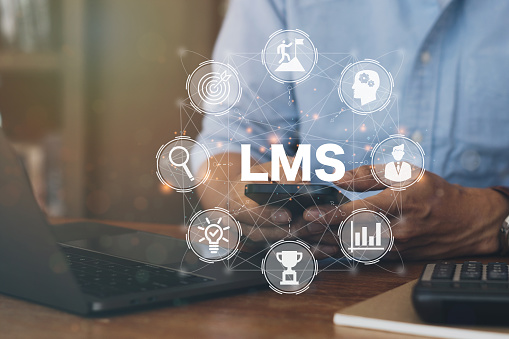Learning Management Systems (LMS) have become increasingly popular in recent years to provide efficient and effective training and education. These systems are designed to help organizations and institutions manage and deliver learning content to students and learners. However, not all LMSs are created equal. This article will explore four essential features that every good Learning Management System should have.
Table of Contents
User-friendly Interface
The user interface of an LMS should be intuitive and user-friendly. A good LMS should have a simple and easy-to-use interface that is consistent across all its features. Users should be able to navigate the LMS easily and quickly find the necessary tools. Additionally, a good LMS should have a responsive design that adapts to various screen sizes and devices. This feature ensures that users can access the Learning Management Systems from any device, whether it is a desktop computer, laptop, tablet, or mobile phone.
Course Content Management
A good LMS should provide an easy-to-use content management system for instructors to create and organize course content. The LMS should support different file formats like text, images, videos, and audio files. Instructors should be able to easily upload, organize, and edit course content. Additionally, the LMS should provide tools for creating quizzes, tests, and assessments. Quizzes, in particular, are highly effective educational tools that reinforce online and classroom lessons. These tools should enable instructors to create different types of questions, set time limits, and provide feedback to students.
Learning Analytics
Analyitcs is the measurement, collection, analysis, and reporting of data about learners and their contexts to understand and optimize learning and the environments in which it occurs. A good LMS should provide learning analytics that can help instructors to monitor student progress and performance. The Learning Management Systems should provide reports on student engagement, completion rates, quiz scores, and assessment results. Additionally, the LMS should provide insights into how students are interacting with course content, such as which pages are most frequently viewed and how long students spend on each page, and what they are not engaging with. This can then be compared to test scores. Learning analytics are now considered to be essential in the development of data-driven educational strategies.
Communication and Collaboration
Communication is an essential component of effective learning. An LMS with robust communication features can improve learner engagement and help learners and instructors stay connected. Learners can interact with their peers and instructors through messaging systems, discussion forums, and video conferencing tools, promoting collaborative learning and knowledge-sharing. Instructors can use these features to communicate announcements, provide feedback, and facilitate group projects, enhancing learner motivation and participation.
Collaboration features in an Learning Management System promote teamwork and encourage learners to work together to solve problems and achieve learning goals. Group projects, online whiteboards, and shared documents facilitate collaboration and enable learners to develop teamwork and communication skills that are essential in the workplace. These features also allow learners to learn from their peers, explore new ideas, and build relationships, creating a sense of community within the learning environment.



